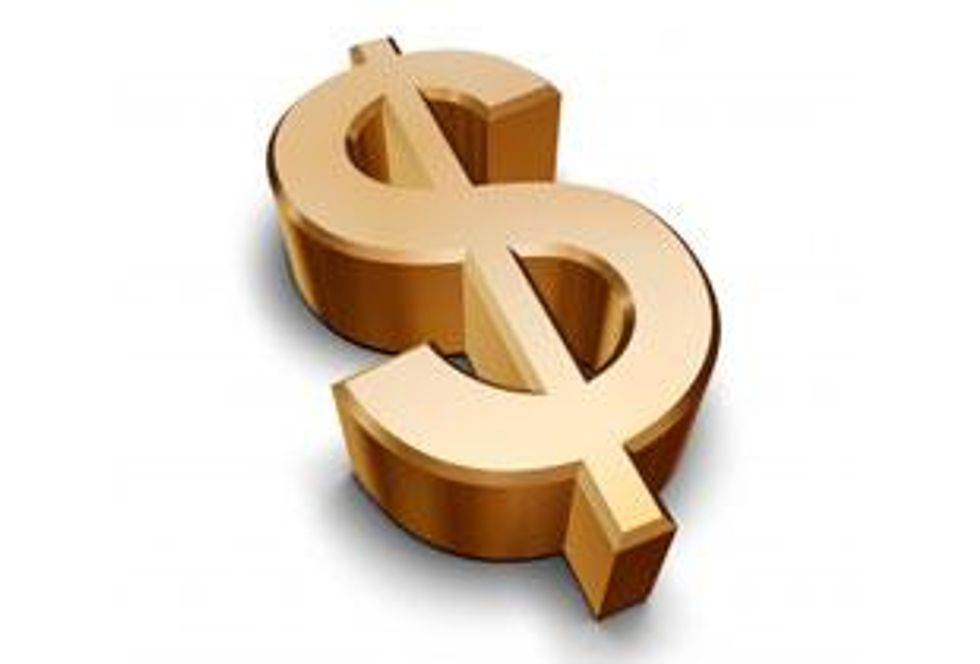With the World Gold Council issuing its fourth quarter report the focus was on a decade of consecutive annual gold price appreciation driven by a recovery in key sectors of demand.
By Dave Brown – Exclusive to Gold Investing News
With the World Gold Council (WGC) issuing its fourth quarter report, the focus was on a decade of consecutive annual gold price appreciation driven by a recovery in key sectors of demand and continued global economic uncertainty. The price of the yellow metal delivered strong investment performance in addition to relatively stable volatility measurements, providing a critical foundation for a well diversified portfolio.Net inflows into gold via exchange traded funds (ETFs) and similar investment vehicles remained robust during 2010. Physical Gold backed ETFs saw net inflows of 361 tonnes during 2010, the second largest on record after the 617 tonnes of net inflows experienced during 2009. This brought total holdings to a new high of 2,167 tonnes by the end of December, worth $98 billion at the year-end gold price as investors saw in gold an invaluable asset for risk management and hedging purposes.
In India, gold ETFs (the majority of which are currently wholly backed by physical gold bullion, but can also contain a percentage of derivative contracts) also grew significantly during 2010 to approximately 15 tonnes by the end of December and a fund of funds investing in offshore ETFs was introduced in early January.
Chinese investment demand
Investment activity in China remained high with physical delivery at the Shanghai Gold Exchange totaling 836.7 tonnes in 2010, with 236.6 tonnes delivered during the fourth quarter. Moreover, physical delivery as a percentage of trading volume had increased to 33 percent by the fourth quarter, as Chinese investors sought to get hold of gold bullion. Anecdotal evidence suggests continuing strong demand for retail investment products. Of note was the successful launch, on 16 December, of the Industrial and the Commercial Bank of China (ICBC) gold accumulation plan (GAP) in Beijing.
The new product, developed in collaboration with the WGC, accumulated 11.5 tonnes during 2010 with more than one million accounts opened.
China and India have been competing for top spot in global gold consumption, since last year. Reports from November show investment demand has driven China’s gold imports up 600 percent in the first 10 months of 2010 with gold imports to India during 2010 eclipsing 2009 levels. Over the next ten years, China’s gold market is anticipated to double on retail investment and jewelry demand.
Headline inflation in China has been rising and the People’s Bank of China (PBoC) raised interest rates for both deposits and loans during the latter part of 2010 in order to control it. The expectation is that combined with a measured appreciation of the yuan against the US dollar, Chinese growth might decelerate marginally, which should have a subsequent positive effect on gold.
Ministers of the PBoC, during the summer of 2010, announced a program called “The Proposals for Promoting the Development of the Gold Market”, indicating a signal of the government’s commitment to further support growth in the gold market.
On January 14, ETF Securities announced that it had successfully launched the Physical Asian Gold Shares ETF (NYSE:AGOL). This ETF is the first US precious metals product to be vaulted in Asia and will be held in Singapore.
Twelve month outlook
Comments from the World Economic forum last night have generally underscored an argument that the US doesn’t appear to be poised to reduce its debt load, as the State of the Union address merely called for a spending freeze at an extremely high level of spending. Gold stock prices have declined 11 of the last 20 days. The gold market remains vulnerable to more selling, as the ongoing fear of rising interest rates remains in place. The gold market might also experience downside pressure because of talk of excessive speculation in commodities at the Davos forum.
In a recent Reuters article, Li Ning, gold analyst for Shanghai CIFCO Futures indicated, “There isn’t much room on the upside. If we are seeing a mass exodus of large funds out of SPDR, it probably means that gold prices will remain relatively weak and investors are standing on the sidelines of the market.” Wang Tao, a Reuters market analyst offered support to the position, suggesting spot market gold prices may edge up slightly to $1,349 per troy ounce and form a peak around this level, based on its wave pattern and a Fibonacci projection analysis. The consensus among analysts in a recent poll was that on a more medium term basis, gold is expected to build on last year’s performance.






